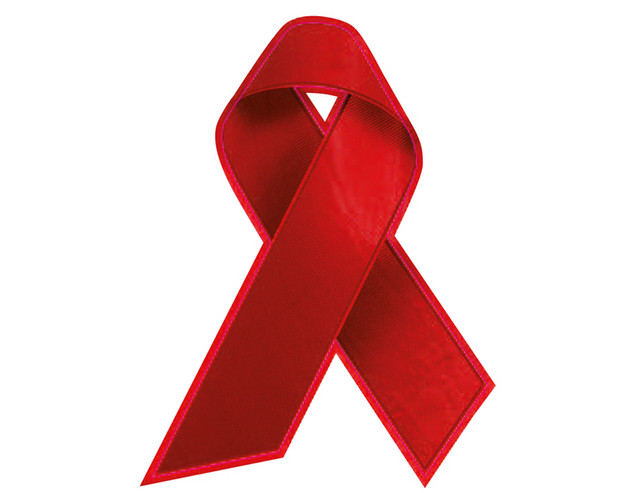30 percent less AIDS-related deaths since 2005
Right before the current UN General Assembly officials of the UN's UNAIDS programme have published their annual report about the worldwide fight against AIDS. One of its major points is, that the number of annual deaths related to AIDS was reduced by 30 percent since 2005. In 2012 still 1.6 millionen died worldwide due to effects of the immunodeficiency-disease, which is caused by the HI-virus. But the UNAIDS-managers draw a direct connection between antiretroviral therapies, their worldwide disposability and the declining mortal rate.
The fact that such antiretroviral therapies, for example based on the substance tenofovir, exists today is in part consequence of biomedical research which included animal experiments. Patients, who are infected by HIV can today live up to 20 years without the disease breaking out. Especially the understanding of the development of the disease (the pathogenesis) in patients depends upon findings in common marmosets, meerkats and rhesus macaques. At the German Primate Center the researchers of the Infection Biology Unit and Unit of Infection Models investigate HIV and the similar simian immunodeficieny virus (SIV).Read more about HIV-research at the DPZ in the info center.

